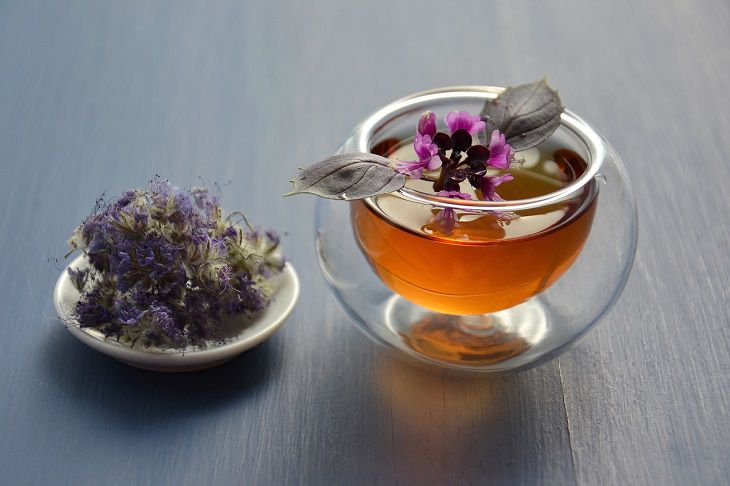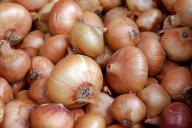If you're into ethnoscience, or just love growing plants that can be beneficial to your health. then gardening is a perfect hobby for you.
You can grow plenty of amazing herbs, flowers, and other plants to make your health better - and it's so easy!
Here are a few examples of why you should grow healthy and beneficial plants.

Traditional Knowledge
Ethnoscience involves the study of how different cultures use plants for various purposes.
In gardens, people often cultivate plants that have been traditionally valued for their medicinal, culinary, or cultural significance.
Medicinal Plants
Many garden plants in ethnoscience have medicinal properties. People grow herbs and plants believed to have healing effects.
For example, aloe vera might be cultivated for its soothing properties, and chamomile for its calming effects.
Culinary Herbs
Gardens play a role in providing herbs and spices for cooking.
Cultivating plants like basil, mint, rosemary, and thyme allows people to incorporate traditional flavors into their culinary practices.
Cultural and Ritual Plants
Some garden plants hold cultural or ritual importance.
These might include plants used in ceremonies, rituals, or festivals, connecting people to their cultural heritage.
Examples could be plants used in traditional teas or for symbolic purposes.
Agricultural Practices
Ethnoscience also encompasses traditional agricultural knowledge.
Certain plants may be cultivated based on traditional planting techniques and seasonal practices passed down through generations.
Local Adaptations
Garden plants in ethnoscience often reflect local adaptations to the environment.
People choose plants that thrive in their specific climate and soil conditions, showcasing a deep understanding of the local ecosystem.













